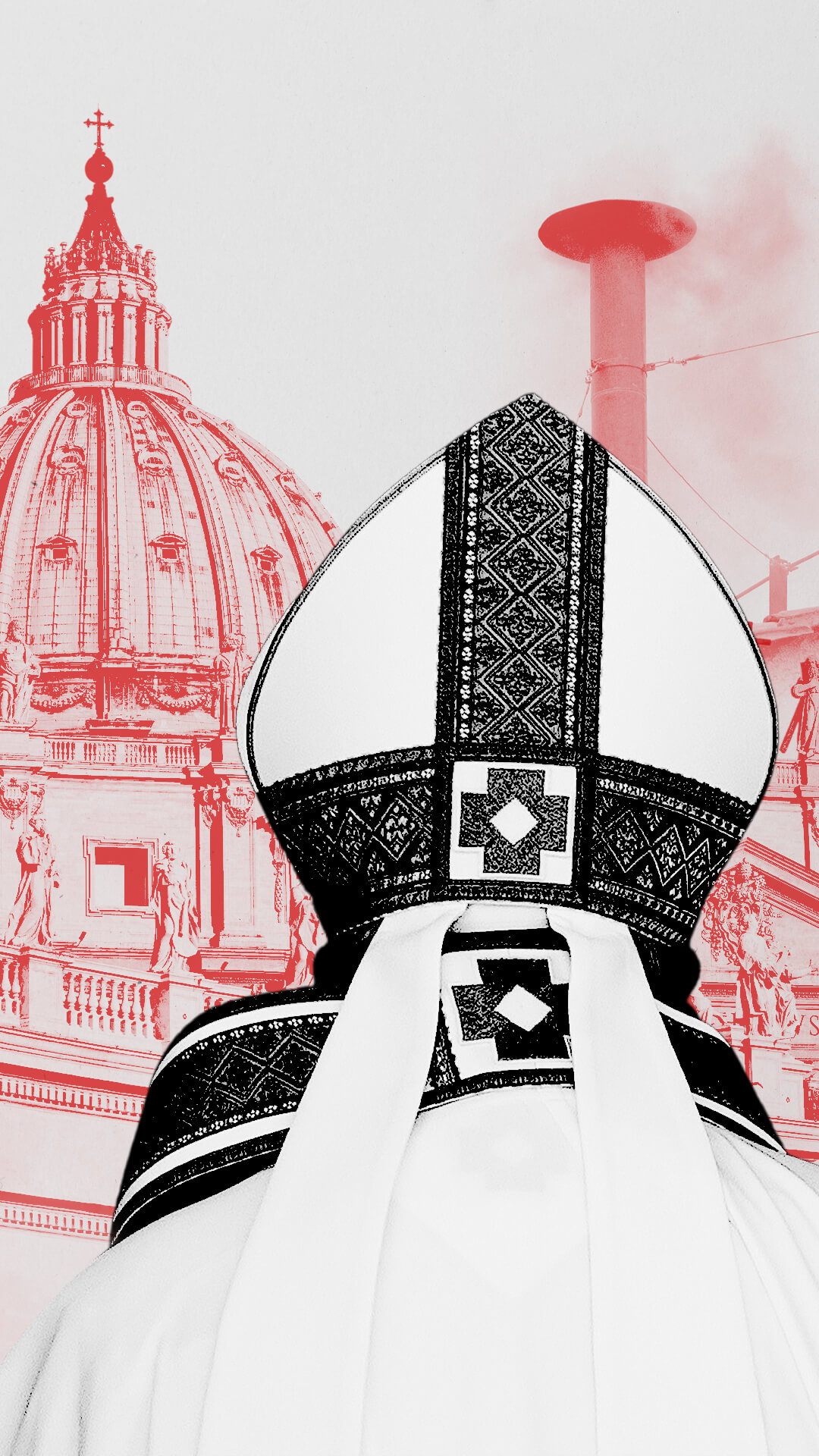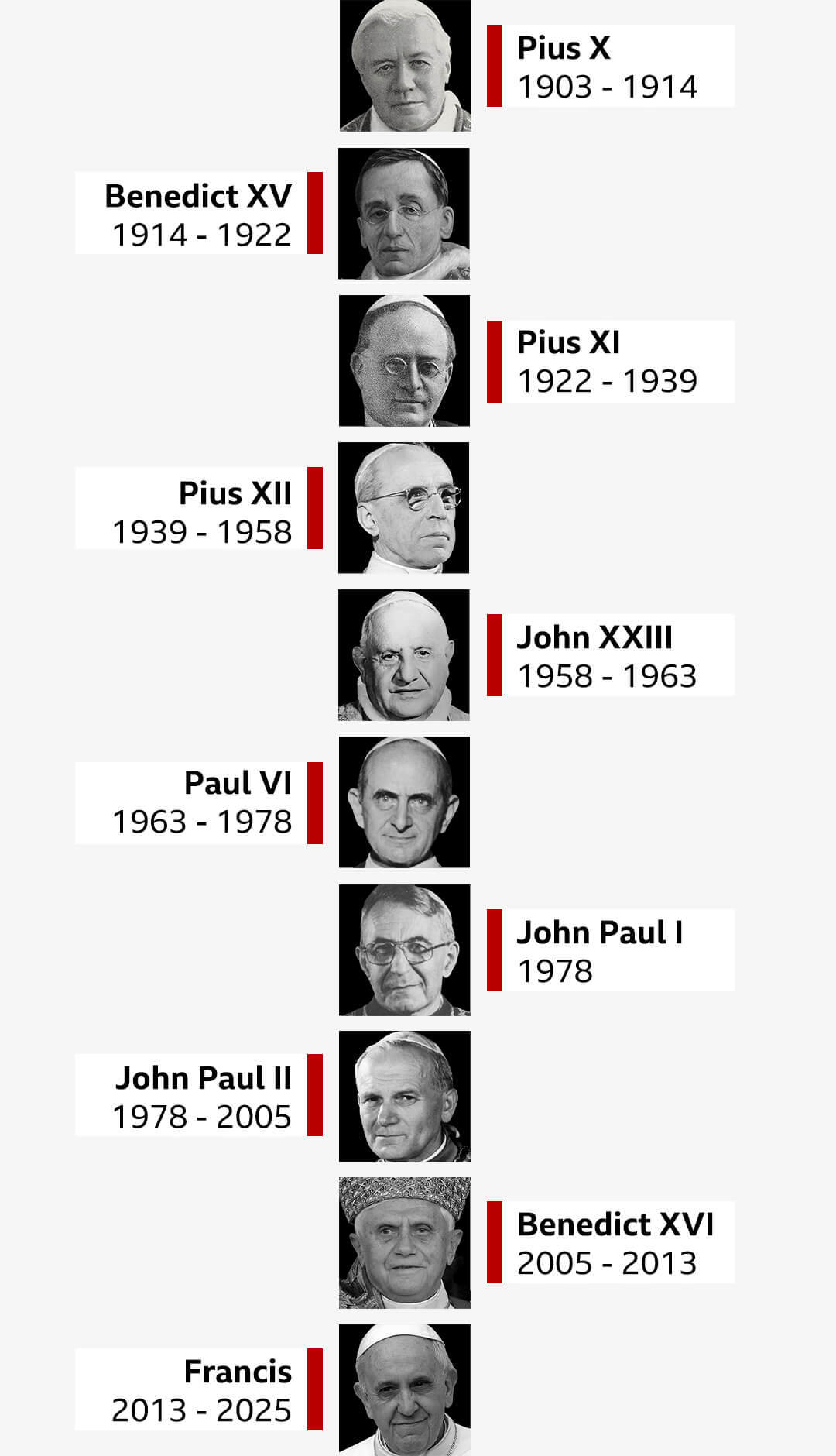 Leaders of the Catholic Church from around the world have gathered in the Vatican to begin the conclave, the confidential process through which a new pope will be chosen.
Leaders of the Catholic Church from around the world have gathered in the Vatican to begin the conclave, the confidential process through which a new pope will be chosen.
They will be selecting the successor to Pope Francis, the Church’s first Latin American pope who died on Easter Monday aged 88.
Throughout history, conclaves have brought moments of significant change for the Catholic Church, as each new pope leaves his own mark.
Only senior Catholic leaders known as cardinals – who must be under 80 – are eligible to vote, and the choice of a new pontiff is seen as both a duty and a spiritual responsibility.
Conclaves have been held for centuries, following strict rules designed to protect secrecy and prevent outside influence.
The word “conclave” comes from the Latin cum clave – meaning “with a key” – reflecting the tradition of locking the cardinals away.
Since the 15th Century, elections have taken place inside the Sistine Chapel, beneath its famous Renaissance frescoes.
The last conclave, in 2013, elected Pope Francis after just five rounds of voting, making it one of the quicker decisions in modern times.
In earlier centuries, however, disagreements between factions sometimes caused conclaves to stretch on for months.
The last 10 popes of the Catholic Church
 This time, cardinals have gathered in Vatican City, an independent state within the heart of Rome, to choose the 267th pope. St Peter, regarded as the first pope in Catholic tradition, was elected around the year 30AD. Once a new pope is chosen, he will be asked if he accepts the role and the name he wishes to take.
This time, cardinals have gathered in Vatican City, an independent state within the heart of Rome, to choose the 267th pope. St Peter, regarded as the first pope in Catholic tradition, was elected around the year 30AD. Once a new pope is chosen, he will be asked if he accepts the role and the name he wishes to take.
The result will be announced with the appearance of white smoke rising above the Sistine Chapel, signalling that a new pope has been elected. Until then, the Catholic Church remains in the Sede vacante period, awaiting its next leader.

